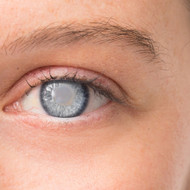Treatment for Congenital Cataracts
16th Jun 2020
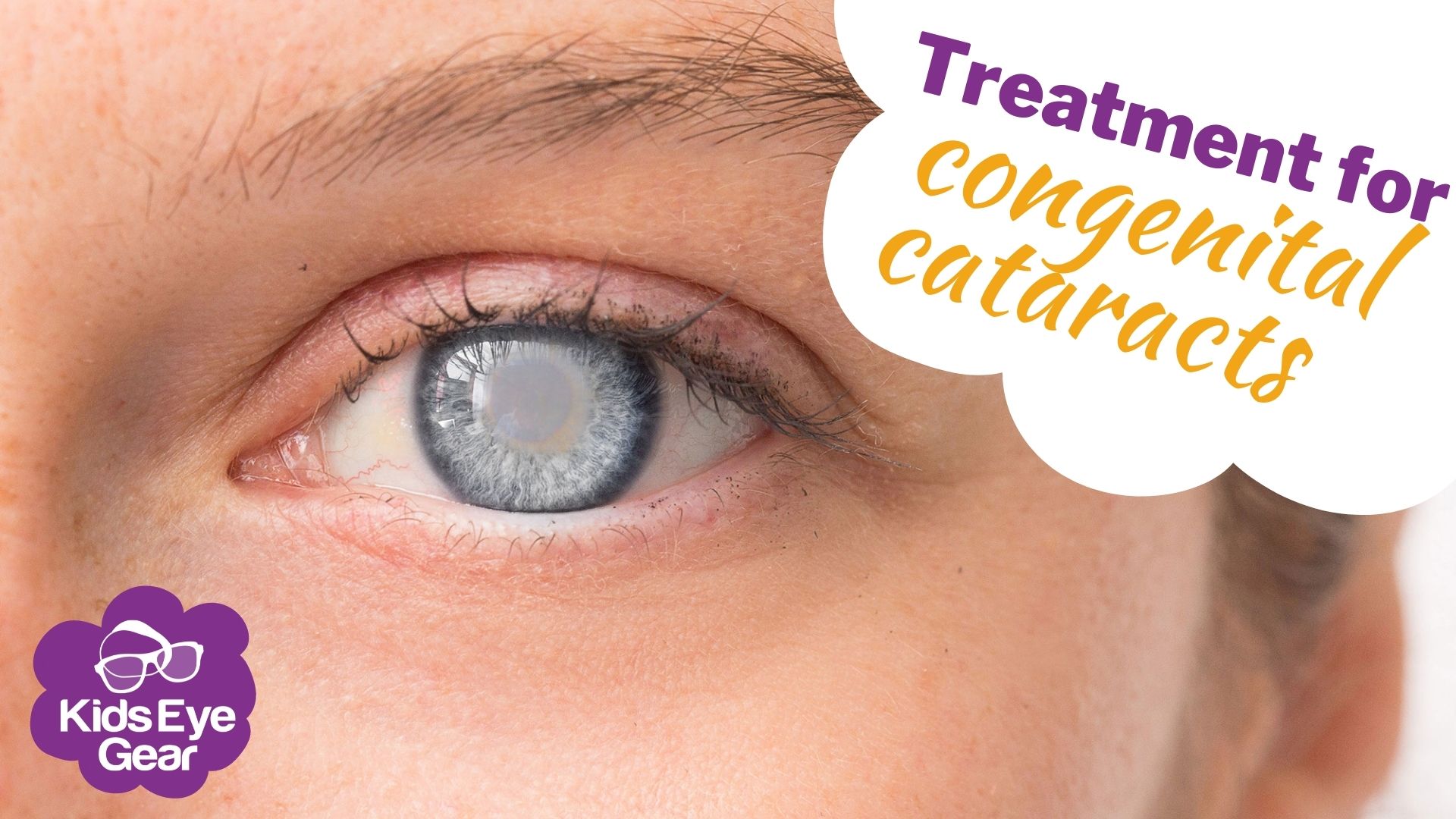
June is Cataract Awareness Month. If you have been following along you will know that my son Dane was born with a congenital cataract, so this topic is pretty important to me. That discovery has fueled my passion for proper eye care and is the basis of Kids Eye Gear, and my newest venture Gaard Eyewear. You can find our whole story here. For those parents new to the world of congenital cataracts, hopefully this information will be a little helpful as you navigate your way through this challenging time.
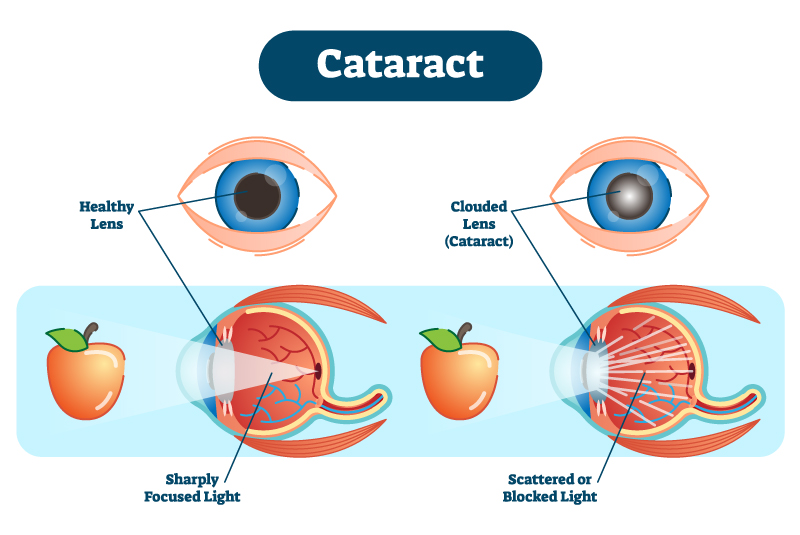
What is a congenital
cataract?
A cataract is when the lens of the eye becomes cloudy and vision is blurred, or there is no vision at all. They can occur in one (unilateral) or both (bilateral) eyes. Most cataracts affect the elderly but can develop in children as well.
A congenital cataract, however, is when a baby is born with a cataract. Congenital cataracts are quite rare - we were told we had more chance of winning the lotto! - and if left untreated can cause early blindness. If discovered and treated early, kids can have amazing vision results, which is why it's so important to find, diagnose and treat congenital cataracts as early as possible.
You can read more about different cataracts here.
Diagnoses
A congenital cataract can be picked up at a newborn baby’s vision screening. A white dot in the pupil of the eye or a lazy eye that isn’t tracking as well, can also suggest a cataract. You can ask your GP for a red reflex test to test for a cataract.
Unfortunately, congenital cataracts can also be missed, such is the case in our story,
which is why it is so important to keep up eye tests for babies and children.
Dane’s was picked up at his 6 month check up by a GP and we are just so lucky the our GP did the red reflex test because not all doctors do it routinely. According to the fantastic charity Cataract Kids Australia, it is estimated that
there are 2.2 cases from every 10 000 births worldwide.
Treatment
The treatment for congenital cataracts is a long and winding journey and everyone’s can be different. There is no set treatment. Doctors will look at the cataract size and location and weigh up the risks and benefits. Treatment can include doing nothing, lens surgery, contact lenses, glasses, patching and vision therapy.
Surgery
If a congenital cataract is found, the most common procedure used for babies and young kids is a lensectomy. This is the surgical removal of the affected lens. This is a day procedure done under general anesthetic. If you want to see a semi-gross video on the surgery check this out.
According to AAPOS, the surgery involves making a tiny incision into the eye in the front of the lens capsule. Next, the soft and cloudy inner part of the child's lens is suctioned out of the capsule. Some younger children may require an additional opening in the posterior lens capsule with some vitreous gel removed. This is called a vitrectomy. Dissolvable stitches are used to close the wounds and the eye is bandaged up.
After Surgery
Once the surgery is complete your child will wake up with a shield over their eye to keep them from touching the area. The anaesthetic can affect children very differently, so don’t be surprised if they wake up extremely agitated or lethargic, hungry or conversely not wanting food, or an array of other emotions. Dane woke up screaming because he was so hungry after fasting overnight. He wolfed down two bottles and then was pretty happy. We stayed overnight in the hospital and between the nurses and myself, administered eye drops every 2 hours. We gave him a little paracetamol the first night but then he didn't seem to be in any pain at all.
Once we went home, we had to keep up the eye drops every 2 hours for about a week - we were allowed to have a longer break overnight. The drops continued for a few weeks.
IOL or Contact Lenses
After surgery, your child’s refraction needs to be corrected. Your child’s eye may be fitted with an Intraocular Lens (IOL), a contact lens or glasses may be used.
An IOL is an artificial lens. It is implanted permanently inside the eye. This may be implanted during the lensectomy surgery or later on in life. An IOL is not normally used in children under 1. (source: AAPOS). Even with an IOL most kids will also need glasses.
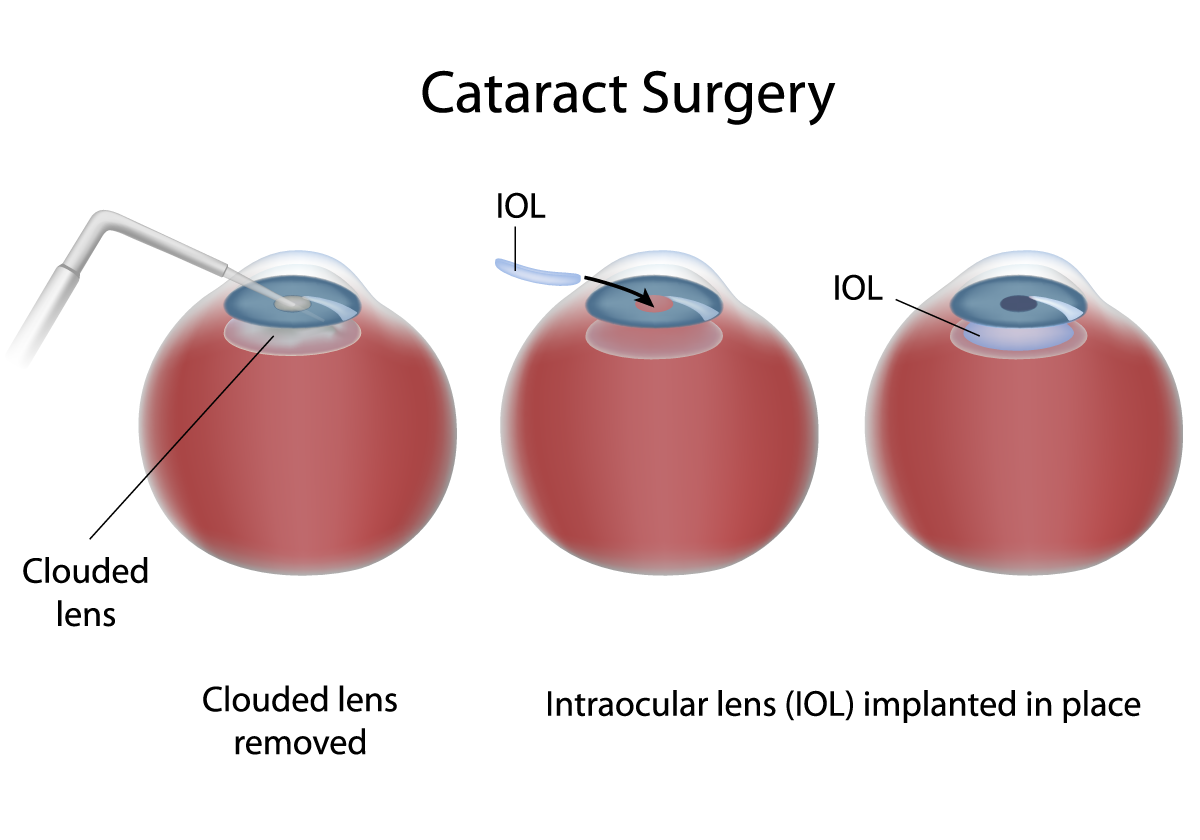
A contact lens is placed on the surface of the eye and can be removed easily and often for cleaning, changing and refitting. These can either be rigid or soft contact lenses. Dane had a RGP (hard) contact lens fitted about a week after his cataract surgery. Honestly this was the hardest part of our whole journey - even harder than the patching. Getting a contact lens in and out of a baby is NOT easy but we got there in the end!
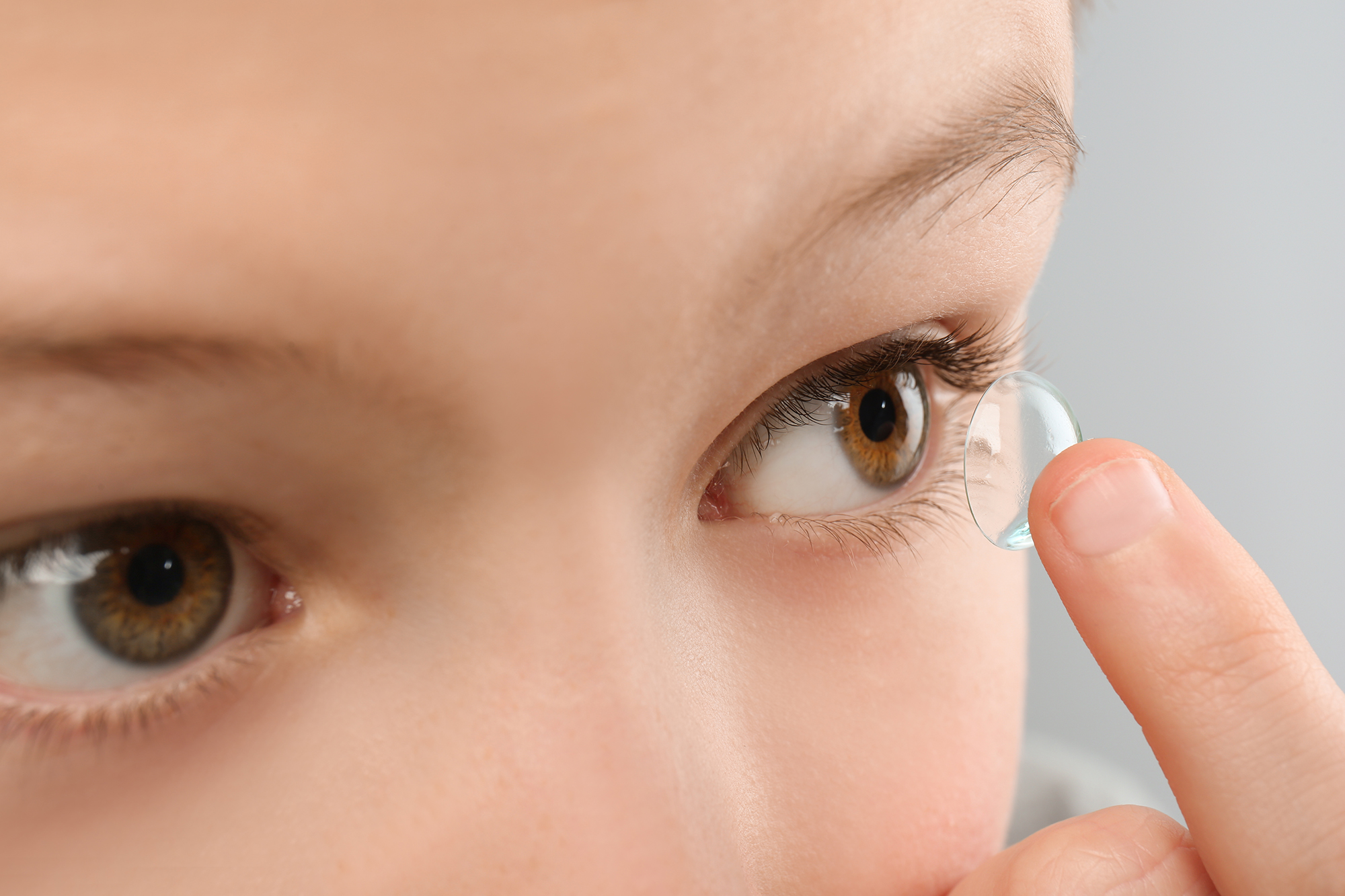
Glasses are also used but can be limiting and more magnifying that needed. Glasses seem to be used more for bilateral cataract kids. We were told by our optometrist that this is because there is too big a difference between the prescription in both eyes for a unilateral kid and the brain doesn't cope well.
An IOL or contact lenses are the most common.
What’s Next?
The road to recovery can be long and winding. Your baby or child might need occlusion therapy (patching), and many check-ups with many doctors. They will need to check that the IOL or contact lenses are sitting and fitting properly and working, that no further problems have arisen and the general health and wellbeing of the child and their eye. Eye health, tracking and refraction need to be monitored regularly. We were at the hospital every day for a week, then once a week for a month and then every 3 months for about two years. Then we were on 6 monthly visits which we are still on 9 years later.
Surgery for cataracts is just the beginning. If you want more info on cataracts and patching see some of my other blogs or read about our personal journey. But remember, every congenital cataract story is different so you just have to follow your own path and go with the medical advice you are given.

